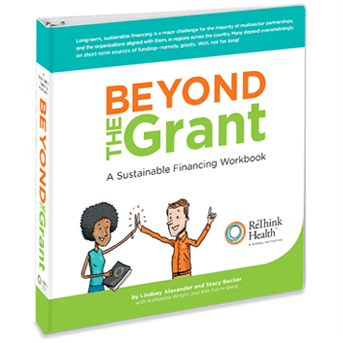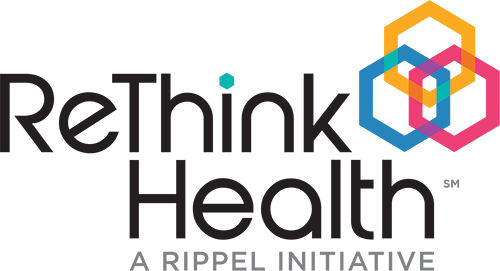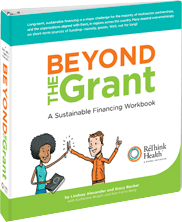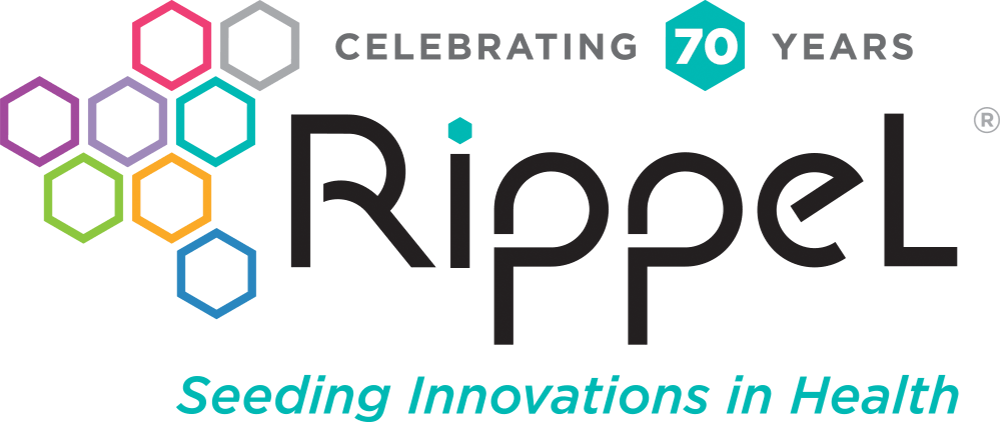Financing Workbook

Beyond the Grant
A Sustainable Financing Workbook
 Long-term, sustainable financing is a major challenge for the majority of multisector partnerships, and the organizations aligned with them, in regions across the country. Many depend overwhelmingly on short-term sources of funding—namely, grants. It’s time to explore new financing frontiers!
Long-term, sustainable financing is a major challenge for the majority of multisector partnerships, and the organizations aligned with them, in regions across the country. Many depend overwhelmingly on short-term sources of funding—namely, grants. It’s time to explore new financing frontiers!

START by reading the preface.
START by reading the preface.
It’s high time to open new doors to sustainable financing structures. Take a minute to find out how to get ready.
Is this book for you? (Probably!) Find out what it can do for you and your multisector partnership or organization.
Click ‘download’ above to access the entire Module and below for a separate, printable copy of a resource on integrative activities.
Right now, there’s a lot of money flowing through your region. (trust us: a LOT). If you could capture just a sliver of that, you could make some serious progress. How do you do that? Well, let’s start by exploring how others have done it.
Click ‘download’ above to access the entire Module and below for a separate, printable copy of the worksheet.
Systems, systems thinking, systems-oriented . . . enough already! What the heck is a system anyway? Find out how understanding it can help your partnership or organization achieve its goals.
Click ‘download’ above to access the entire Module and below for separate, printable copies of the worksheets.
Got grants? Great! Now let’s talk about some other funding sources and see which ones are right for your partnership or organization!
Click ‘download’ above to access the entire Module and below for separate, printable copies of the worksheet and the related resource.
Creating a financial plan sounds daunting, but it’s really important (and painless, we promise!). You’ll gain insight into your work just by trying. Don’t worry if you don’t know the numbers—just dive in!
Click ‘download’ above to access the entire Module and below for a separate, printable copy of the worksheet and the related resource.
- Worksheet: Financial Planning Template (Basic)
- Resource: The Financing Wizard is digital only, and available for download below
You know your work is valuable, but how do you demonstrate that to others? ReThink Health’s Value Sequence can help you identify the value you create, add evidence, and successfully “make the case” for funding.
Click ‘download’ above to access the entire Module and below for separate, printable copies of the worksheet and the related resource.
Yes, your collaboration can charge for the services it provides! But how do you even begin to decide what amount to charge? It’s not as hard as it sounds.
“Integrative activities” used to be thought of as coordinating work done by “backbone” organizations. But many organizations share the task of governing and managing collective efforts, and these tasks can be the hardest to fund. Explore the different integrative activities and find out how other partnerships fund theirs!
Click ‘download’ above to access the entire Module and below for a separate, printable copy of the worksheet.
Let’s wrap things up and take a moment to thank those who made this workbook possible.

Cracking open the workbook and seeing some terms you don’t recognize? You’re not alone, so we’ve put together this glossary. Refer to it as needed while you explore the workbook!
Want a reference for what integrative activities are and how to demonstrate their value? How about more details on financing structures? We’ve got you covered!
Click below for separate, printable copies of each appendix.
Got a finance plan? If not, our Financing Wizard can help! Hone your skills by playing around with a test case, or dive in and mock up a plan for your collaboration. Our easy-to-use Microsoft Excel template gives you all you need to start your collaboration’s financial plan today. Note: please select ‘Enable Macros’ when prompted.
Click ‘download’ above to access the entire Financing Wizard and click below for the instructional Handout.





